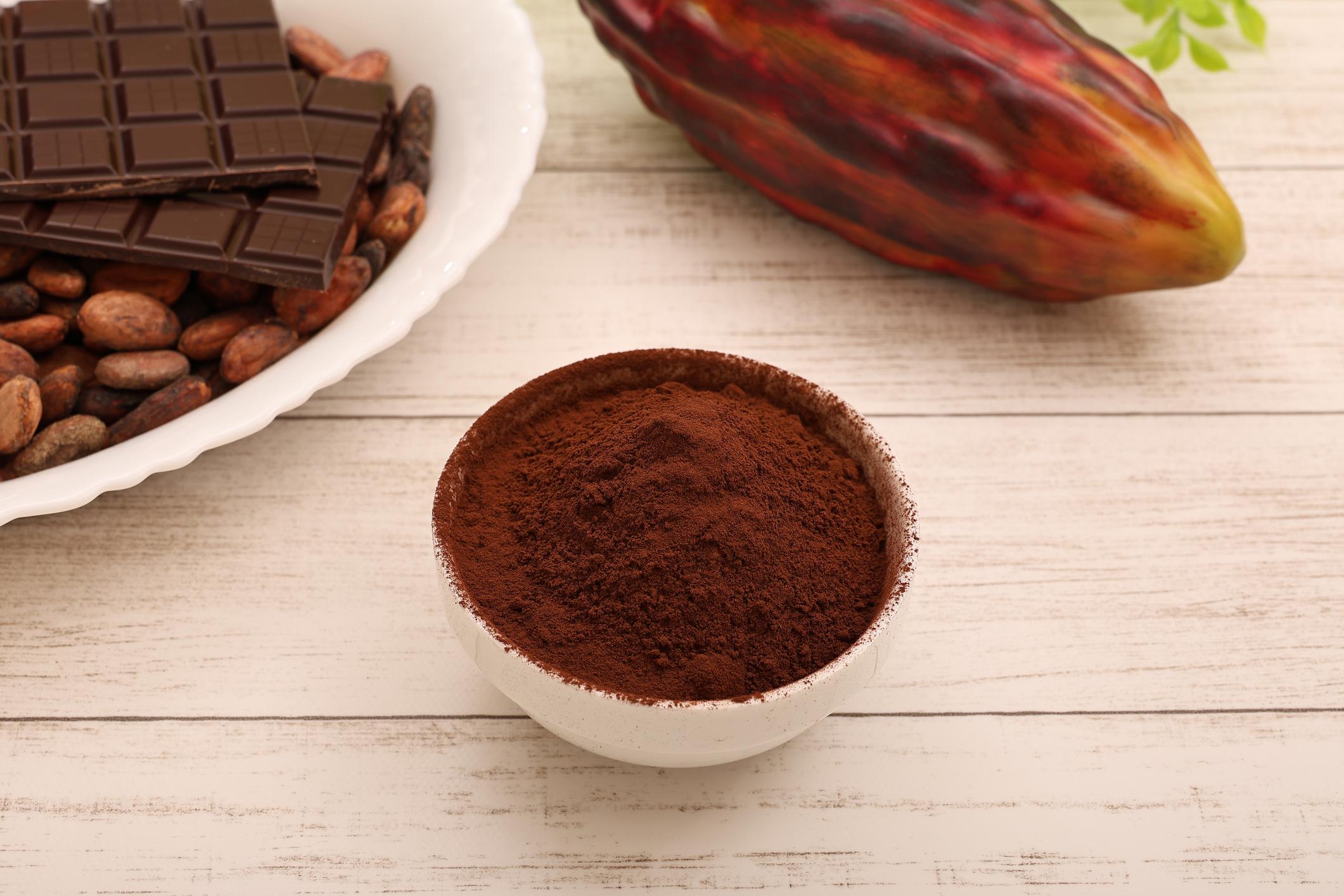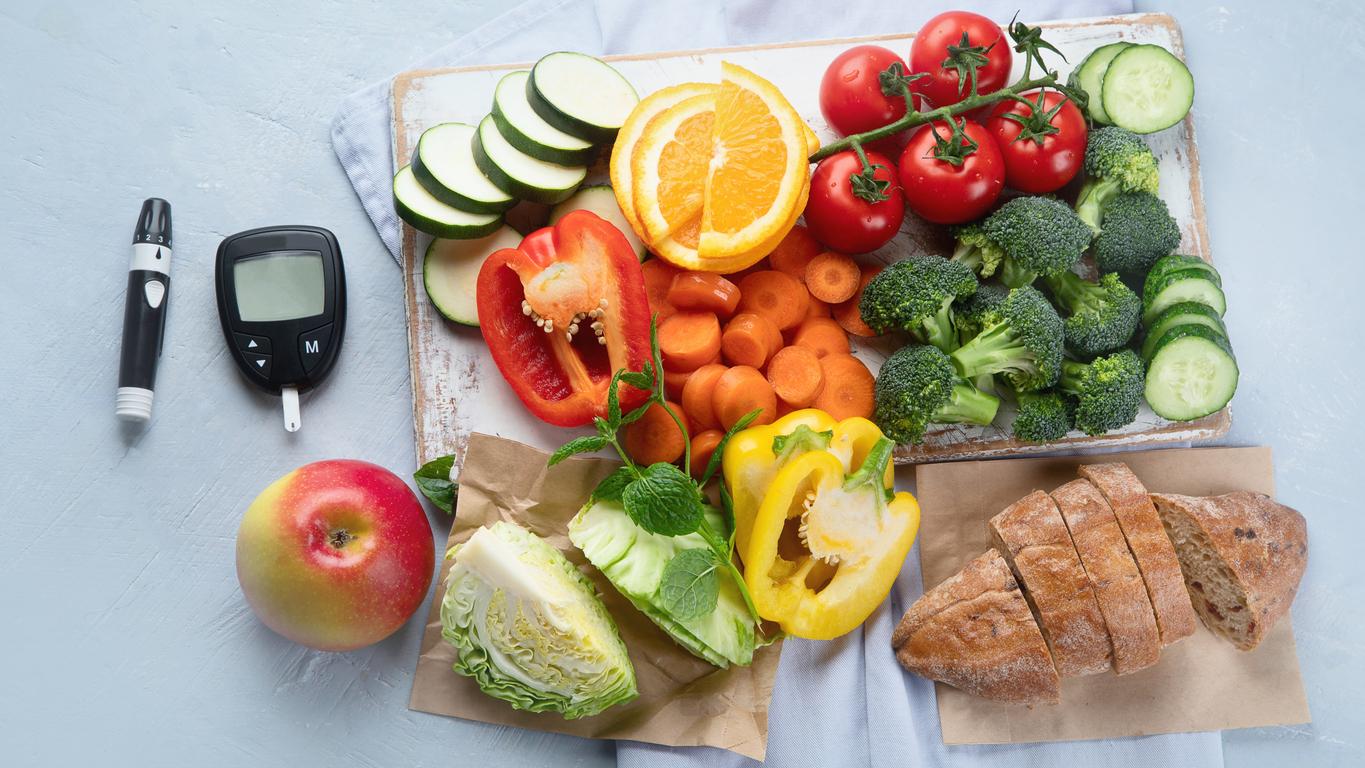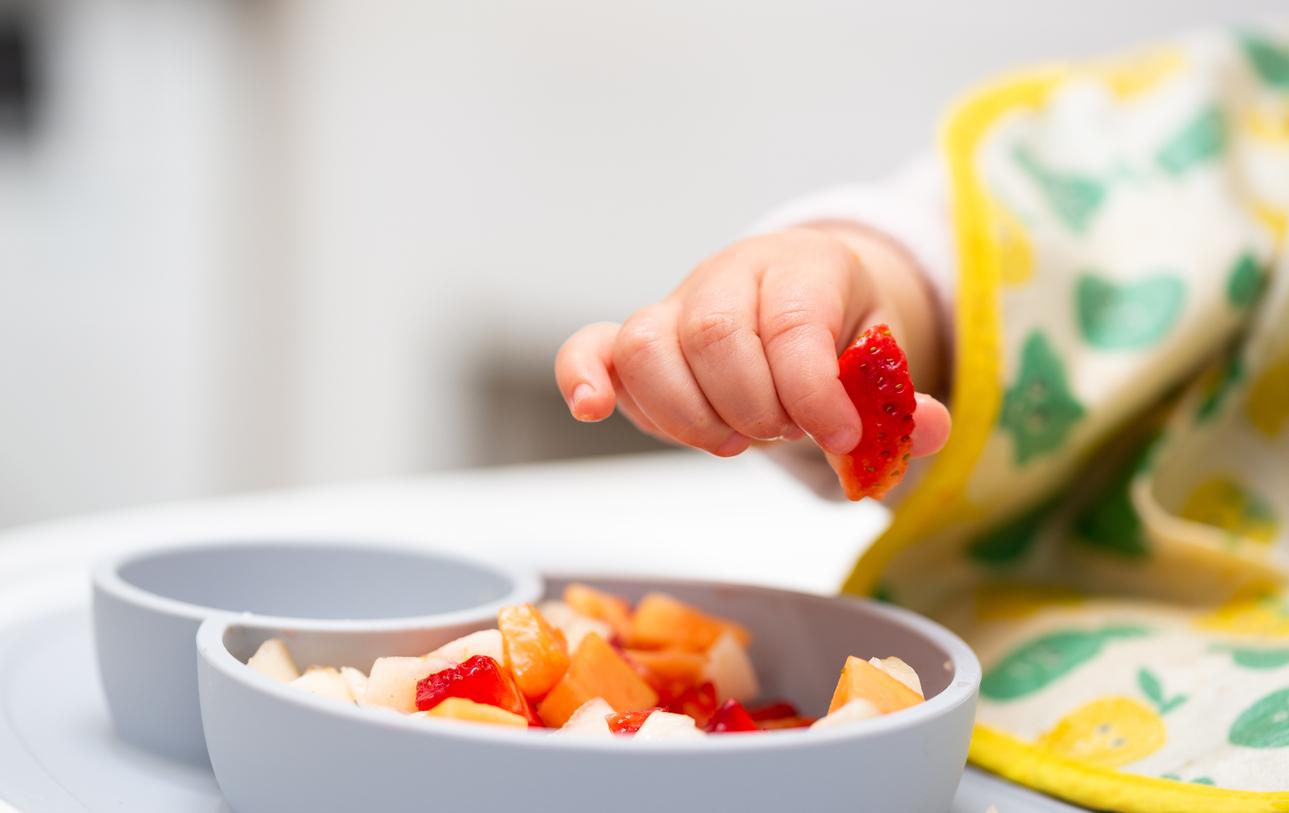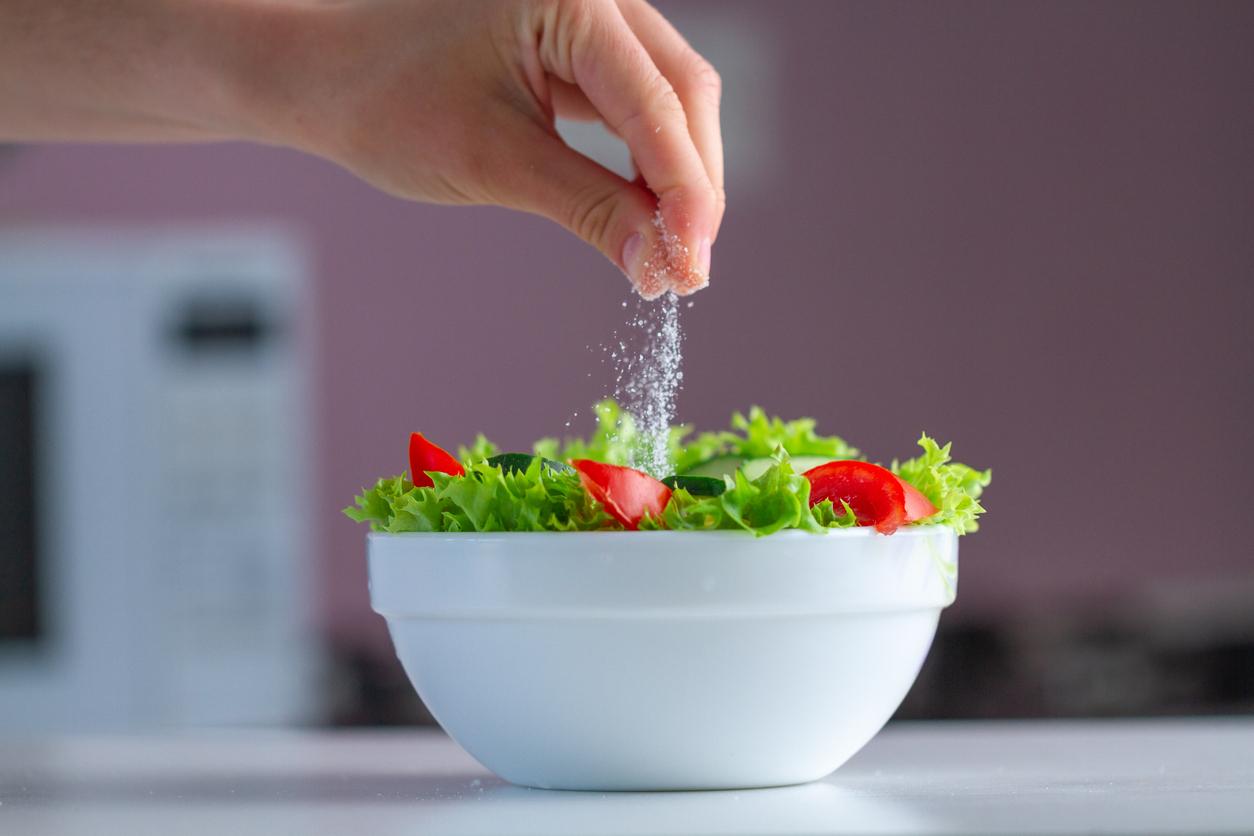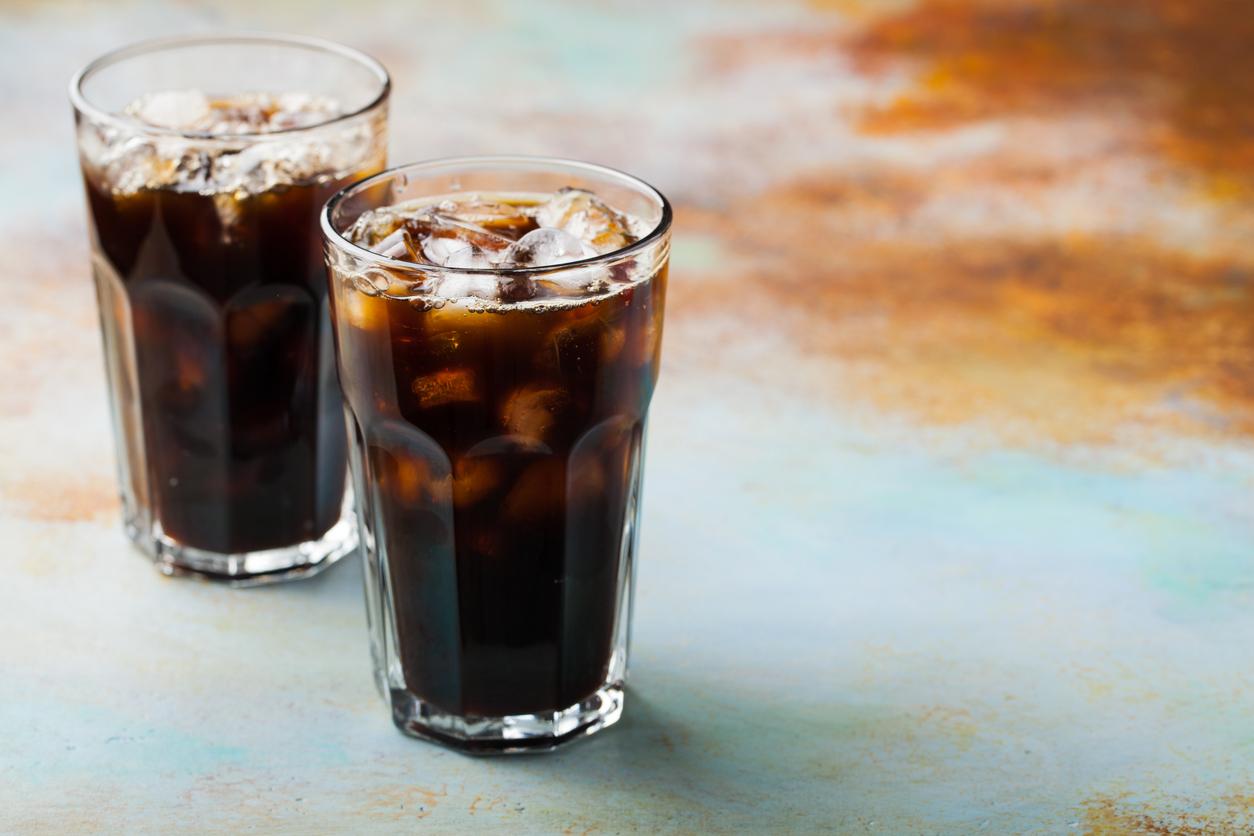Salt enhances the taste. But it promotes cardiovascular disease, too. It is therefore a public health issue to find a way to eat less. As the instruction “for your health, avoid eating… too salty” is not enough to convince everyone to comply, INRAE scientists are working on methods that would allow reduce the salt content of the food, without altering the taste.
They want both to allow manufacturers to put less salt in their dishes, but also to guide individuals on how and the need to salt their plate. “For this, the scientists have developed, using nuclear magnetic resonance (NMR), an innovative system to both map the distribution of salt and measure its interaction with the food. This technique leaves the food intact, they have been able to follow the salting process over time”notes INRAE in a press release.
Map food salt
This allowed them to realize that within a food, there is not necessarily only one type of salt, but several “populations” which do not all have the same effect on the food. Moreover, these salts are not distributed homogeneously. We can therefore imagine that depending on the type of salt and the part of the food, the salty taste is not the same. And maybe also some salts are not necessary?
The goal is to find a way to extract some of it to make the food healthier for the body. Understanding how food and salt interact is a first step and a major step forward in the fight against excess of this beloved chemical compound.
Source : An innovative imaging technique to reduce the salt content of food, INRAE, February 17, 2022.
Read also:
- 12 foods (too) high in salt
- Replacing salt with potassium chloride: a false good idea












